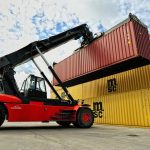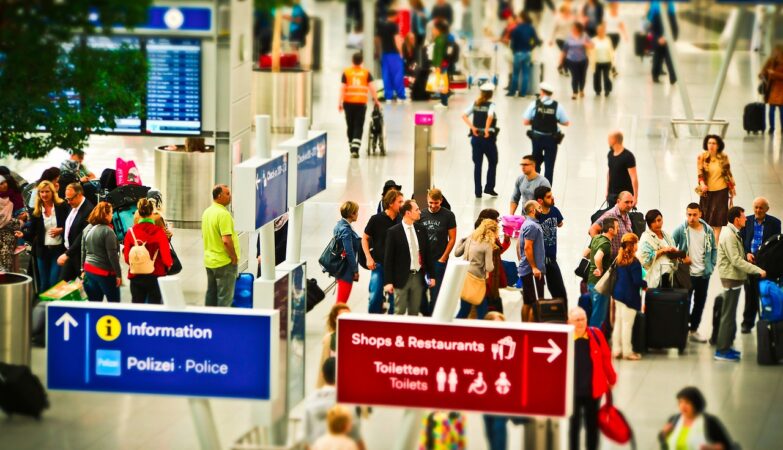Many people tap the brakes and slowly drive the 25 miles per hour through school zones and obey reduced speed limits established at roadway work zones. Others, late to meetings or gatherings or finding the limits painstakingly tedious, ignore the limits and speed on. What many do not know is that those speed limits are not obscurely selected or baseless.
Speed limits are established based on the numbers of pedestrians likely to be in an area – and also a detailed statistical analysis conducted by the U.S. Department of Transportation National Highway Traffic Safety Administration (NHTSA).
To break it down to its simplest form: how likely is a person to survive when they are hit by a car going X-speed?
“The idea that the faster a striking vehicle is traveling, the more damage is done to a struck pedestrian has been documented in a number of studies. One estimate is that about 5 percent of pedestrians would die when struck by a vehicle traveling 20 mph at impact; about 40 percent would die for vehicles traveling 30 mph at impact; 80 percent at 40 mph; and nearly 100 percent would die when struck by vehicles traveling at speeds over 50 mph at impact,” according to NHTSA findings.
The 10 mph difference between 20 and 30 mph equals a 35% greater chance of pedestrian or roadway work zone employee fatalities.
Kelly Sills, owner of Coastal Bridge, which is a company that specializes in bridge and highway construction in Louisiana and Florida, said his employees often talk about how drivers speed through work zones – and how many drivers seem clearly distracted.
“It’s a concern for me and a concern for my staff. Their jobs are hard anyway, without the stress of worrying about whether a distracted, speeding driver is going to hit them,” he said.
Traffic fines double in the cases of school zones or highway work zones for a reason.
According to Bureau of Labor Statistic data from 2011-2017, transportation events led to 76 percent of roadway work zone fatal occupational injuries during the seven year period. In 60 percent of these events, the worker was struck by a vehicle in the work zone.
Flaggers and general laborers are killed or seriously injured each year by drivers who are speeding, drunk driving or distracted driving. Sometimes, they are simply tragic accidents, like what happened to 50-year-old Brenda Stader in January when she was working as a contractor for Northwest Traffic Control.
She was struck by a Portland General Electric (PGE) truck as crews worked to restore power after a storm.
“This is tragic, and our hearts are with the person’s family and loved ones,” wrote Maria Pope, PGE president and CEO, according to Oregon Live reporting. “Our thoughts are also with our co-workers, and we are ensuring they are receiving support. We are working closely with first responders and all involved.”
2019 had 842 traffic work zone fatalities, according to the National Work Zone Safety
Information Clearinghouse, which is an organization dedicated to educating traffic professionals and the populace about work zone trends, safety and training opportunities.
“Every year, after the loss of more employees and drivers to roadway work zone accidents, thousands of family members, friends and coworkers are left picking up the pieces,” noted Sills.
Granite Rock Construction Company had two employees hit by a dump truck on Highway 17 out of Santa Cruz. Robert “Bobby” Gill, a father of two who had worked with the company for over 15 years, died of his injuries, according to ABC7 News reporting. The company took to Twitter to post his photo and note that he was a beloved member of the team.
“So many of these incidents are preventable, that is what really sticks with me every time I hear of one of these accidents. So often, it didn’t need to happen,” Kelly Sills added. “We need to work as a society and as an industry to try to keep people as safe as possible.”
Related Posts












